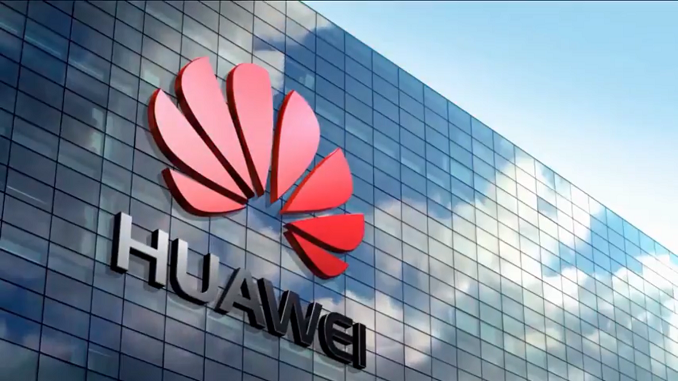
Huawei became the biggest smartphone player in the world in the second quarter for the first time, a new report by Canalys shows, CNBC reported.
The majority of sales came from China as its international business suffers due to U.S. sanctions.
The Chinese vendor shipped 55.8 million devices, down 5% year on year, according to the research firm. Meanwhile, second place Samsung shipped 53.7 million smartphones, a 30% plunge versus the same period last year.
It is the first time that Huawei has snagged the top spot for a single quarter, an ambition it has had for several years.
But analysts cast doubt over whether this was sustainable given the fact Huawei’s overseas markets outside of China took a hit as a result of U.S. sanctions against the company.
Huawei sold over 70% of its smartphones in mainland China in the second quarter. Meanwhile, smartphone shipments in international markets plunged 27% year-on-year in the April to June quarter.
In Europe, a key region for Huawei, the company’s smartphone market share fell sharply to 16% in the second quarter versus 22% in the same period in 2019, according to Counterpoint Research. It is the third-largest smartphone maker in Europe behind Samsung and Apple, showing how Huawei’s global position in the second quarter was built on efforts to expand its share in China, the world’s second-largest economy.
Given the massive population of China, success there often propels companies to a large “global” market share.
“It will be hard for Huawei to maintain its lead in the long term,” Mo Jia, analyst at Canalys, said in a press release. “Its major channel partners in key regions, such as Europe, are increasingly wary of ranging Huawei devices, taking on fewer models, and bringing in new brands to reduce risk.”
“Strength in China alone will not be enough to sustain Huawei at the top once the global economy starts to recover,” he said.
Last year, Huawei was placed on the U.S. Entity List, a blacklist which restricted its access to American technology. That meant Huawei could not use licensed Google Android on its latest flagship devices.

Be the first to comment